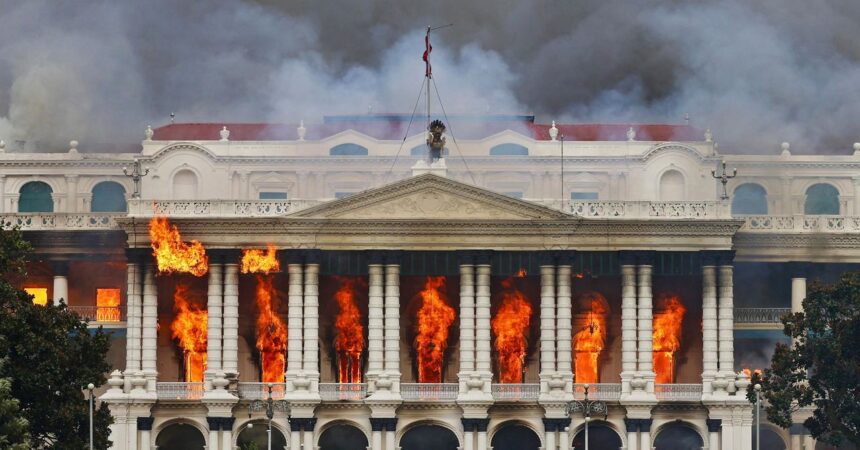In Kailali, a lowland district in far western Nepal, the subtropical plains extend toward the Indian border. This region is characterized by dense sal forests and fertile fields; however, it has become one of the country’s poorest areas due to years of neglect.
Nepal is among the youngest nations in South Asia with a median age of 25.3 years, compared to the United States median age of 39.1 years. High fertility rates in previous decades have contributed to what is referred to as a “youth bulge,” the largest demographic of its kind in the region’s history. Many young people, like Bam, perceive a bleak future in their homeland. The country has largely outsourced its labor market to countries such as Malaysia, South Korea, and various Gulf states, allowing for the export of its youth instead of creating domestic opportunities. With minimum wages insufficient to support a sustainable life within Nepal, young Nepalis face a difficult choice: either pursue studies abroad or seek employment elsewhere.
For those who choose to remain, challenges abound, including a political system that appears unresponsive to their needs. Essential services remain in disarray despite high tax rates. The first democratic movement in the 1950s led to free elections, only for the monarchy to regain control shortly after. Citizens reasserted their demand for democracy in the 1990s, but governance issues, civil conflict, and the 2005 royal coup—during which King Gyanendra dissolved parliament, detained political leaders, and imposed a media blackout—stifled burgeoning hopes. Following the monarchy’s fall and the end of the civil war, the structural issues that had fueled unrest persisted. Maoists, who initiated a decade-long “People’s War” in 1996 to create a republic addressing deep inequities, ultimately transitioned into mainstream politics. Although they once represented the frustrations of marginalized groups such as Dalits, Indigenous communities, and impoverished farmers excluded from Kathmandu’s elite circles, their integration into the political establishment has diluted their original agenda, perpetuating a cycle of power among a few established parties and leaders.
In this context, the online environment has become a platform for young people to voice their concerns, build solidarity, and express dissatisfaction. Bam began sharing her thoughts on issues such as corruption and inequality via social media, posting images of herself participating in small rallies, often equipped with a megaphone or hand-drawn pamphlets. In early September 2025, a new trend began to gain traction across Nepali social media, signaling a potential shift in the landscape of political expression.










